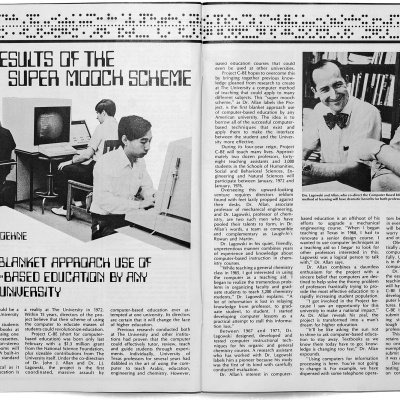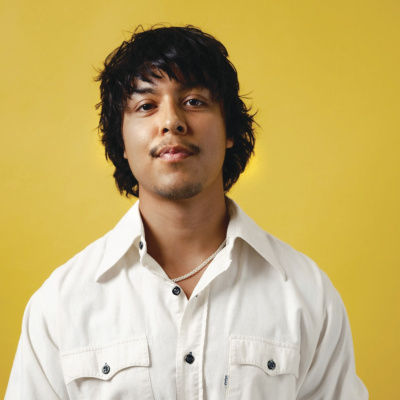Game On

For a century, UT students have been participating in organized, non-varsity sports. In celebration of 100 years of blood, sweat, and beer-league competition, we look back at how the Division of Recreational Sports evolved.
In his 1938 book Homo Ludens, Dutch historian Johan Huizinga asserted that play—specifically humans playing games together—predates the development of human culture, adding rather drolly that “animals have not waited for man to teach them their playing.” He argued that the desire to play is innate, that it existed long before games had rules and societies had leagues, associations, doping scandals, licensing agreements, or taxpayer-funded stadiums. Furthermore, he posits that games can even have a civilizing effect on humans, though denizens of West Virginia who must endure flaming couches on their front lawns in the immediate aftermath of a Mountaineers victory may beg to differ.
College students, naturally, have always been at play. And while intercollegiate sport, with its letter jackets and fight songs, is more closely linked with college in the American psyche, intramural sports and wellness programs are perhaps more important in giving students an outlet for the playfulness Huizinga says is within us all. At UT, intramural sports, now overseen by the Division of Recreational Sports (RecSports), grew up right alongside the university, ebbing and flowing with the coming and going of wars, cultural shifts, and the overall transformation of the institution from a collection of pinewood shacks to an internationally renowned research university.

Students have competed since the university’s inception—indeed, baseball games were played in the 1880s at a field northwest of campus later annexed for intramural sports. But the organized structures of recreational sports at UT can be traced back to Berry Whitaker, a burly midwesterner appointed as a physical-education instructor in 1916, who quickly announced his intent to create a “division of intramural sport” in this very publication. He hung a sign above his door that stayed in place his entire tenure: “A sport for every man and a man for every sport.” He would likely not be disappointed to find that in the 2014-15 school year, IDs allowing admittance to the RecSports Center and Gregory Gym were scanned more than 1.3 million times, and more than 13,000 students competed on club and intramural teams. The Quidditch team even won its third consecutive world championship.

But Whitaker’s vision was incomplete, not only because he hadn’t yet heard of Pilates or water skiing (both of which are currently on offer), but because he had not followed Abigail Adams’ famous advice to remember the ladies. Luckily, another tall out-of-stater filled that void, stepping onto campus in the fall of 1918 in sensible heels and a demure skirt that pegged her as, students recalled, “a typical Yankee.” Anna Hiss instituted strict, thorough physical education for women, expanding the Women’s Athletic Association founded in 1908 and grading all incoming coeds on their overall health, assigning physical classes as needed. This was not Whitaker’s good-natured, competition-centric type of sports. This was self-improvement by way of play. Together, competition and wellness would become pillars of the modern RecSports.
While it had humble beginnings—in 1916, the first-, second-, and third-place awards for a pre-Thanksgiving relay race were a live turkey, a duck, and a chicken, respectively—a century later, RecSports is the envy of many of its peers around the country. Next year, in honor of the centennial, RecSports will complete renovations on Whitaker Fields, the facility most students and alums still refer to as the “IM fields.” The upgrades will include a new gateway building, four sand volleyball courts, a fire pit, and, in an advancement that would make its namesake proud, new energy-efficient lights.
It is, Huizinga might argue, perfectly natural. “Sport and athletics, as social functions,” he wrote, “have steadily increased in scope and conquered ever fresh fields.” In other words, there is a natural momentum to pairing a sport for every man, a man—or woman—for every sport.
Photos (from top): Members of the 1920-21 B.A. basketball team, who were departmental champions. They competed against engineers, academs, pre-med, pre-law, and law students; RecSports
Students perform calisthenics in the temporary women's gym; Dolph Briscoe Center for American History
More than 100 women enrolled in a fall 1942 conditioning class, which included an obstacle course; RecSports






